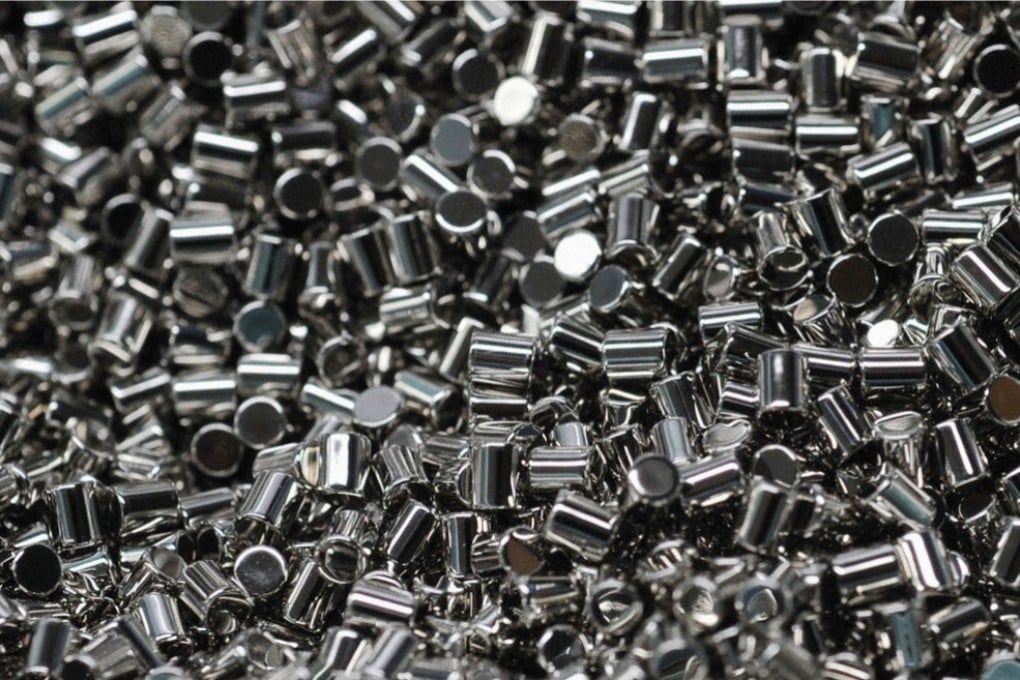Why does China ban outside access to its advanced rare earth magnet technology?
- New restrictions aim to solidify China’s dominance in rare earth magnet production and help the country catch up with Japan
- Global demand for high-performance NdFeB magnets is expected to increase five-fold by 2030 from 2020 levels, outstripping global supplies

While previous bans included the export of extraction and separation technologies, the new prohibition included the technology for making permanent magnets – a downstream process in the rare earth supply chain.
China is the world’s largest supplier and processor of rare earths. Of all the advanced processed goods, the magnets are in the greatest demand and have the highest added value, with applications in green energy products such as electric vehicles and wind turbines, as well as robots and military weapons.
The new ban not only aims to solidify China’s dominance in rare earth magnet production in general, but is also an attempt to strengthen high-performance magnet production to catch up with Japan. Although China produces and uses most of the world’s rare earth magnets, Japan still leads in the technology of the higher-performance varieties.
The restrictions are also part of the US-China tech war.
“The broader context here is that for the longest time, China did not respond much to US sanctions on chips,” said Damien Ma, director of the Paulson Institute’s Think Tank and an expert in foreign policy.
“But now that dynamic has changed, a decision has clearly been made to engage in reciprocal, albeit asymmetrical, retaliation on trade sanctions.
